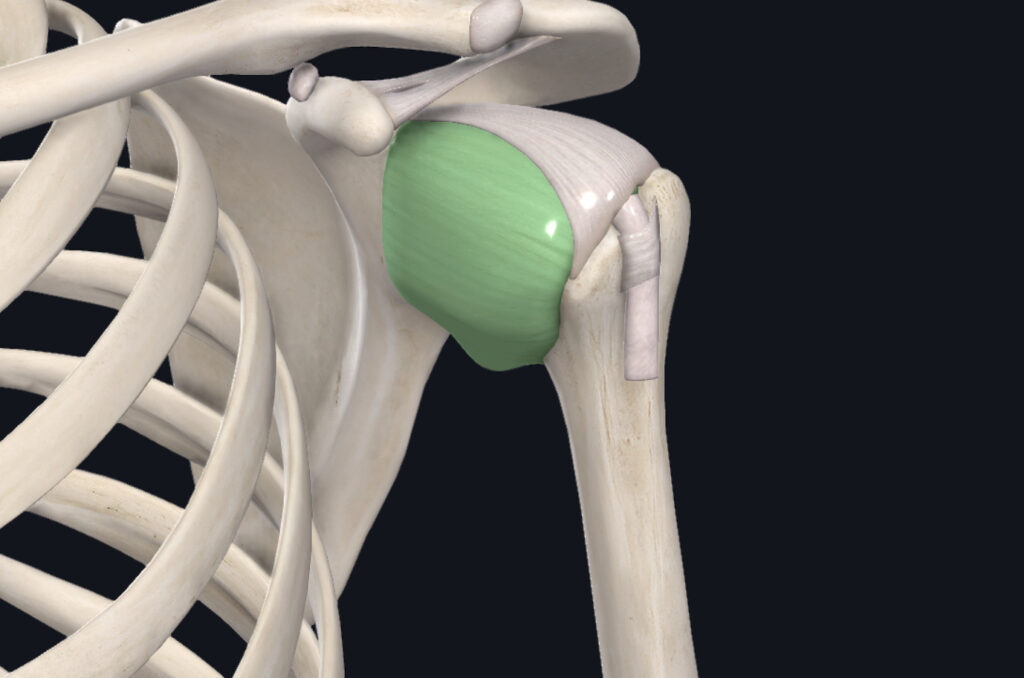
The arm bar is a joint lock of the elbow. On the posterior (back side) and lateral (outside) of the elbow, the sensitive joint surfaces are aggressively pressed together, resulting in pain. On the anterior (front) of the elbow, several ligaments and muscles are strained. Injuries involving the arm bar often result in poor range of motion (inability to fully straighten the arm) and weakness with pushing or pulling.
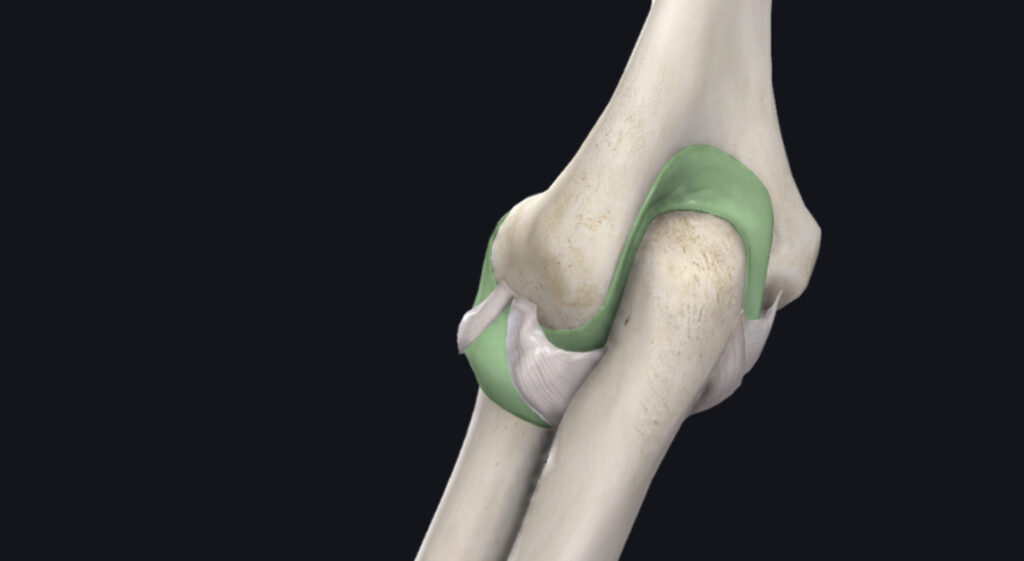
The wrist lock is another type of joint lock. The wrist is maximally flexed to the end range of motion, resulting in compression of the joints on the palmar side of the hand, and over-stretching of the muscles, tendons and ligaments on the dorsum of the hand (back of the hand). The injury may result in a condition called scapholunate instability, resulting in pain with wrist movement and gripping. In rare circumstances, if the blood supply to the scaphoid bone is compromised, the bone may be affected.
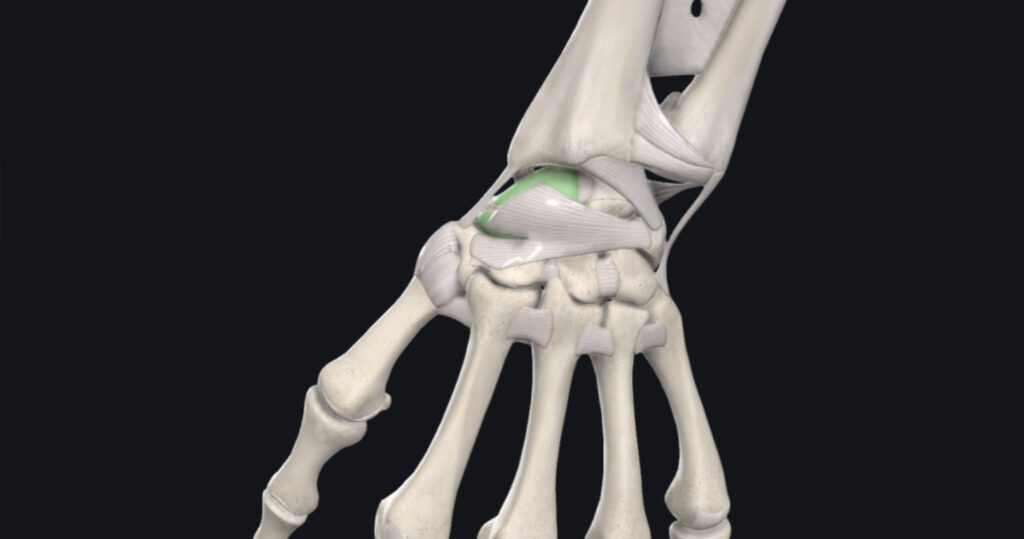
The knee bar is a joint lock of the knee. The muscles and ligaments of the posterior leg (hamstring, capsule) are over-stretched. This may result in muscle and tendon strains or ligamentous sprains. The knee may become unstable due to lack of ligamentous support, or may be weak due to muscular damage.
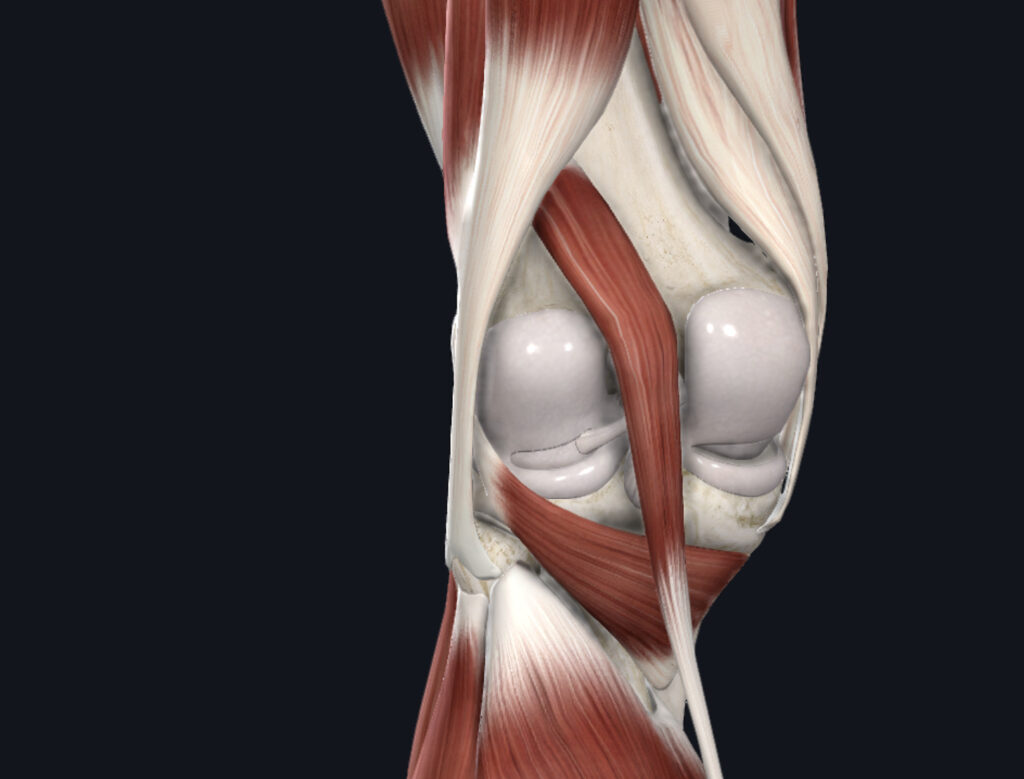
The heel hook is a technique that applies force to the opponents heel, rotating the lower limb on the upper limb. The rotation can disrupt ligaments or the meniscus. This is caused by maximally rotated (stretching) of the soft tissues (ligaments), while pinching the sensitive meniscus between the femoral condyle and tibial plateau.
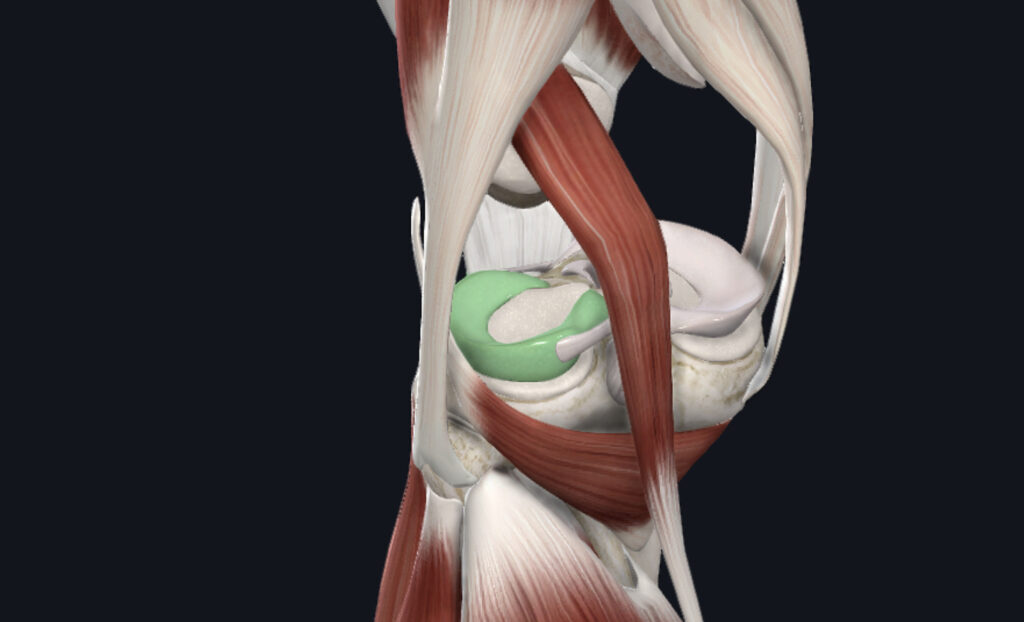
The toe hold is a forefoot/ankle lock that places stress on the ligaments, muscle and soft tissues of the foot and ankle. The ligaments, capsule and muscles of the top (dorsum) of the foot are maximally stretched. This may result in ligament sprains, or muscle/tendon strains. On the opposite side of the joint (above the heel), the joint surfaces are compressed, resulting in joint-related pathology such as cartilage and perhaps the underlying bone.
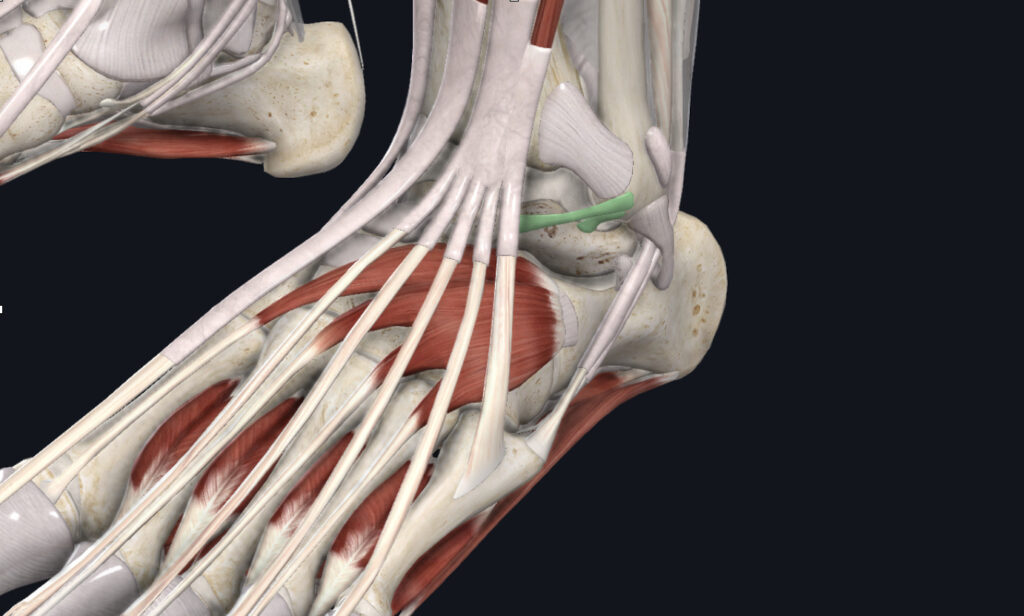
The straight ankle is similar to the toe hold in the structures stressed and resulting injury. The only difference is in how the opponents limb is attacked.
This is a brief overview of the many types of submissions that can be applied in Brazilian Jiu-Jitsu, Judo, MMA and submission grappling. This is not an exhaustive list, it is only meant to give you an idea of what anatomical structures can be damaged with several submissions.
Combat sport athletes should be well-acquainted with these submissions to have a better understanding of how they work.
Acute and chronic sports injuries can significantly affect an athletes life span. Proper examination and treatment can make a big difference in training quality and quantity. If you are a combat sport athlete in South Florida or Miami and want a physical therapist that trains and works with high level athletes,
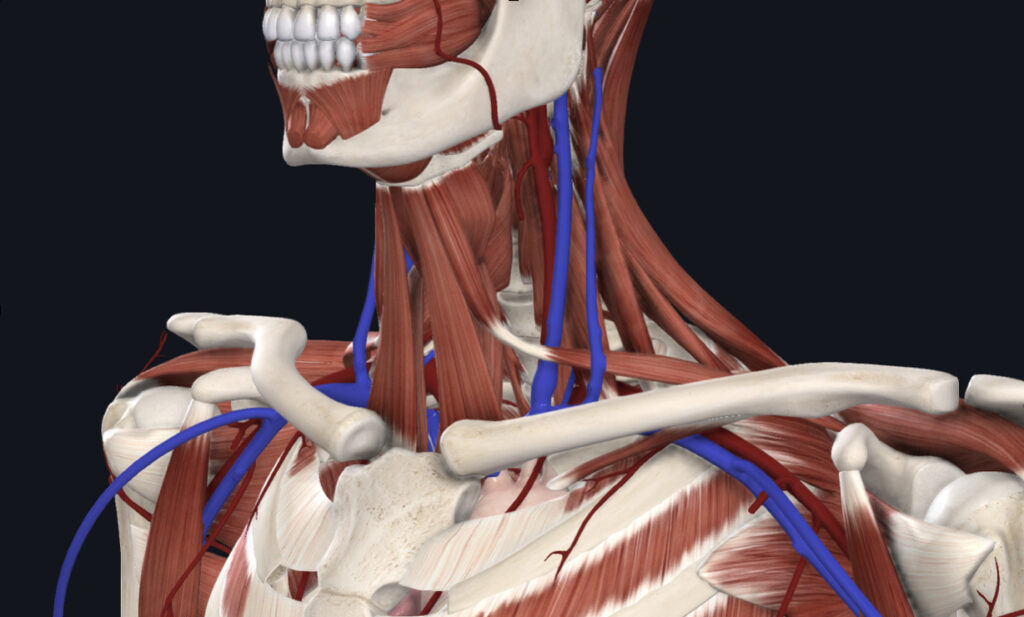
The Americana and Kimura are shoulder locks that stress soft tissue (labrum, capsule and ligaments) of the shoulder. At the end ranges of motion, the labrum may become wedged between the head of the humerus and the underlying bone of the glenoid fossa (which the labrum attaches to). At the end range of motion, the ligaments on the opposite side of the joint (that which the movement is directed away from) are maximally stretched. The result is either degeneration of the labrum or a torn ligament. These types of injuries often result in shoulder instability as both structures are responsible for maintaining the glenohumeral joint intact.

The arm bar is a joint lock of the elbow. On the posterior (back side) and lateral (outside) of the elbow, the sensitive joint surfaces are aggressively pressed together, resulting in pain. On the anterior (front) of the elbow, several ligaments and muscles are strained. Injuries involving the arm bar often result in poor range of motion (inability to fully straighten the arm) and weakness with pushing or pulling.

The wrist lock is another type of joint lock. The wrist is maximally flexed to the end range of motion, resulting in compression of the joints on the palmar side of the hand, and over-stretching of the muscles, tendons and ligaments on the dorsum of the hand (back of the hand). The injury may result in a condition called scapholunate instability, resulting in pain with wrist movement and gripping. In rare circumstances, if the blood supply to the scaphoid bone is compromised, the bone may be affected.

The knee bar is a joint lock of the knee. The muscles and ligaments of the posterior leg (hamstring, capsule) are over-stretched. This may result in muscle and tendon strains or ligamentous sprains. The knee may become unstable due to lack of ligamentous support, or may be weak due to muscular damage.

The heel hook is a technique that applies force to the opponents heel, rotating the lower limb on the upper limb. The rotation can disrupt ligaments or the meniscus. This is caused by maximally rotated (stretching) of the soft tissues (ligaments), while pinching the sensitive meniscus between the femoral condyle and tibial plateau.

The toe hold is a forefoot/ankle lock that places stress on the ligaments, muscle and soft tissues of the foot and ankle. The ligaments, capsule and muscles of the top (dorsum) of the foot are maximally stretched. This may result in ligament sprains, or muscle/tendon strains. On the opposite side of the joint (above the heel), the joint surfaces are compressed, resulting in joint-related pathology such as cartilage and perhaps the underlying bone.

The straight ankle is similar to the toe hold in the structures stressed and resulting injury. The only difference is in how the opponents limb is attacked.
This is a brief overview of the many types of submissions that can be applied in Brazilian Jiu-Jitsu, Judo, MMA and submission grappling. This is not an exhaustive list, it is only meant to give you an idea of what anatomical structures can be damaged with several submissions.
Combat sport athletes should be well-acquainted with these submissions to have a better understanding of how they work.
Acute and chronic sports injuries can significantly affect an athletes life span. Proper examination and treatment can make a big difference in training quality and quantity. If you are a combat sport athlete in South Florida or Miami and want a physical therapist that trains and works with high level athletes,
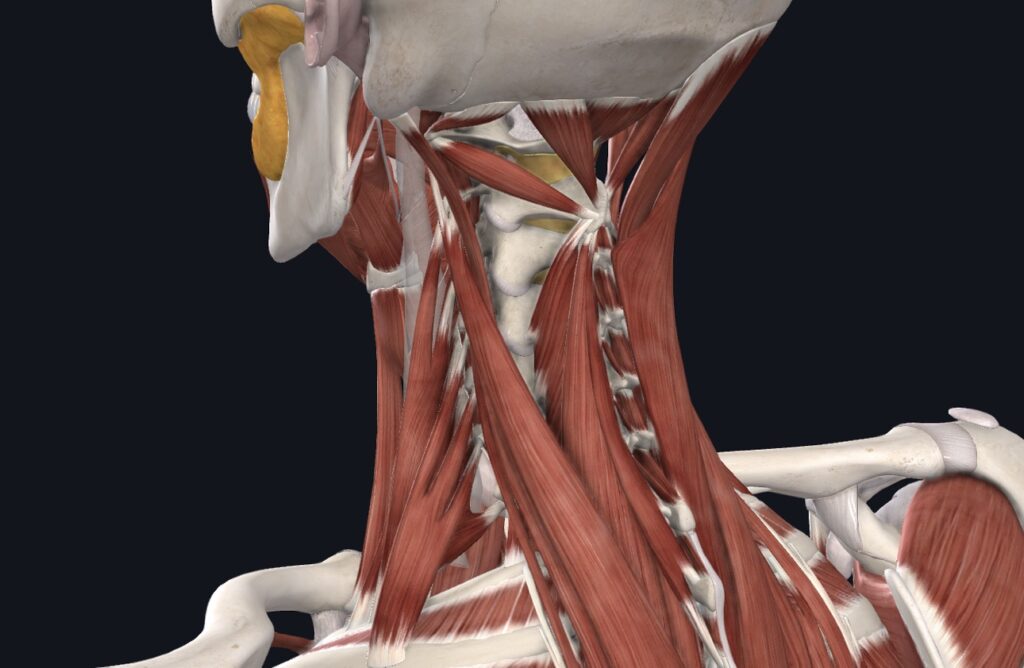
Chokes to the neck are brought on by occlusion (closing off) of blood vessels that supply the brain with blood. The result is a loss of consciousness if the person does not tap. This is a very effective form of submission, since it establishes a clear advantage. Once the choke is relieved, no significant lasting damage occurs. However, in the case that the choke is continued, irreversible damage to the brain, or death, may occur.

The Americana and Kimura are shoulder locks that stress soft tissue (labrum, capsule and ligaments) of the shoulder. At the end ranges of motion, the labrum may become wedged between the head of the humerus and the underlying bone of the glenoid fossa (which the labrum attaches to). At the end range of motion, the ligaments on the opposite side of the joint (that which the movement is directed away from) are maximally stretched. The result is either degeneration of the labrum or a torn ligament. These types of injuries often result in shoulder instability as both structures are responsible for maintaining the glenohumeral joint intact.

The arm bar is a joint lock of the elbow. On the posterior (back side) and lateral (outside) of the elbow, the sensitive joint surfaces are aggressively pressed together, resulting in pain. On the anterior (front) of the elbow, several ligaments and muscles are strained. Injuries involving the arm bar often result in poor range of motion (inability to fully straighten the arm) and weakness with pushing or pulling.

The wrist lock is another type of joint lock. The wrist is maximally flexed to the end range of motion, resulting in compression of the joints on the palmar side of the hand, and over-stretching of the muscles, tendons and ligaments on the dorsum of the hand (back of the hand). The injury may result in a condition called scapholunate instability, resulting in pain with wrist movement and gripping. In rare circumstances, if the blood supply to the scaphoid bone is compromised, the bone may be affected.

The knee bar is a joint lock of the knee. The muscles and ligaments of the posterior leg (hamstring, capsule) are over-stretched. This may result in muscle and tendon strains or ligamentous sprains. The knee may become unstable due to lack of ligamentous support, or may be weak due to muscular damage.

The heel hook is a technique that applies force to the opponents heel, rotating the lower limb on the upper limb. The rotation can disrupt ligaments or the meniscus. This is caused by maximally rotated (stretching) of the soft tissues (ligaments), while pinching the sensitive meniscus between the femoral condyle and tibial plateau.

The toe hold is a forefoot/ankle lock that places stress on the ligaments, muscle and soft tissues of the foot and ankle. The ligaments, capsule and muscles of the top (dorsum) of the foot are maximally stretched. This may result in ligament sprains, or muscle/tendon strains. On the opposite side of the joint (above the heel), the joint surfaces are compressed, resulting in joint-related pathology such as cartilage and perhaps the underlying bone.

The straight ankle is similar to the toe hold in the structures stressed and resulting injury. The only difference is in how the opponents limb is attacked.
This is a brief overview of the many types of submissions that can be applied in Brazilian Jiu-Jitsu, Judo, MMA and submission grappling. This is not an exhaustive list, it is only meant to give you an idea of what anatomical structures can be damaged with several submissions.
Combat sport athletes should be well-acquainted with these submissions to have a better understanding of how they work.
Acute and chronic sports injuries can significantly affect an athletes life span. Proper examination and treatment can make a big difference in training quality and quantity. If you are a combat sport athlete in South Florida or Miami and want a physical therapist that trains and works with high level athletes,
The neck crank is when direct pressure is applied to the opponents neck via a choke hold. The pressure on the sensitive bone and other soft tissues (muscles, joint surfaces) reproduces exquisite pain. Since the neck has the important task of maintaining head position when moving, gaze stabilization and proprioception among other things, the “wiring” is quite sensitive to pain.

Chokes to the neck are brought on by occlusion (closing off) of blood vessels that supply the brain with blood. The result is a loss of consciousness if the person does not tap. This is a very effective form of submission, since it establishes a clear advantage. Once the choke is relieved, no significant lasting damage occurs. However, in the case that the choke is continued, irreversible damage to the brain, or death, may occur.

The Americana and Kimura are shoulder locks that stress soft tissue (labrum, capsule and ligaments) of the shoulder. At the end ranges of motion, the labrum may become wedged between the head of the humerus and the underlying bone of the glenoid fossa (which the labrum attaches to). At the end range of motion, the ligaments on the opposite side of the joint (that which the movement is directed away from) are maximally stretched. The result is either degeneration of the labrum or a torn ligament. These types of injuries often result in shoulder instability as both structures are responsible for maintaining the glenohumeral joint intact.

The arm bar is a joint lock of the elbow. On the posterior (back side) and lateral (outside) of the elbow, the sensitive joint surfaces are aggressively pressed together, resulting in pain. On the anterior (front) of the elbow, several ligaments and muscles are strained. Injuries involving the arm bar often result in poor range of motion (inability to fully straighten the arm) and weakness with pushing or pulling.

The wrist lock is another type of joint lock. The wrist is maximally flexed to the end range of motion, resulting in compression of the joints on the palmar side of the hand, and over-stretching of the muscles, tendons and ligaments on the dorsum of the hand (back of the hand). The injury may result in a condition called scapholunate instability, resulting in pain with wrist movement and gripping. In rare circumstances, if the blood supply to the scaphoid bone is compromised, the bone may be affected.

The knee bar is a joint lock of the knee. The muscles and ligaments of the posterior leg (hamstring, capsule) are over-stretched. This may result in muscle and tendon strains or ligamentous sprains. The knee may become unstable due to lack of ligamentous support, or may be weak due to muscular damage.

The heel hook is a technique that applies force to the opponents heel, rotating the lower limb on the upper limb. The rotation can disrupt ligaments or the meniscus. This is caused by maximally rotated (stretching) of the soft tissues (ligaments), while pinching the sensitive meniscus between the femoral condyle and tibial plateau.

The toe hold is a forefoot/ankle lock that places stress on the ligaments, muscle and soft tissues of the foot and ankle. The ligaments, capsule and muscles of the top (dorsum) of the foot are maximally stretched. This may result in ligament sprains, or muscle/tendon strains. On the opposite side of the joint (above the heel), the joint surfaces are compressed, resulting in joint-related pathology such as cartilage and perhaps the underlying bone.

The straight ankle is similar to the toe hold in the structures stressed and resulting injury. The only difference is in how the opponents limb is attacked.
This is a brief overview of the many types of submissions that can be applied in Brazilian Jiu-Jitsu, Judo, MMA and submission grappling. This is not an exhaustive list, it is only meant to give you an idea of what anatomical structures can be damaged with several submissions.
Combat sport athletes should be well-acquainted with these submissions to have a better understanding of how they work.
Acute and chronic sports injuries can significantly affect an athletes life span. Proper examination and treatment can make a big difference in training quality and quantity. If you are a combat sport athlete in South Florida or Miami and want a physical therapist that trains and works with high level athletes,

Are you a combat sport athlete and want to learn more about what structures are affected when applying chokes, cranks and joint locks?
Here is a brief overview.
The neck crank is when direct pressure is applied to the opponents neck via a choke hold. The pressure on the sensitive bone and other soft tissues (muscles, joint surfaces) reproduces exquisite pain. Since the neck has the important task of maintaining head position when moving, gaze stabilization and proprioception among other things, the “wiring” is quite sensitive to pain.

Chokes to the neck are brought on by occlusion (closing off) of blood vessels that supply the brain with blood. The result is a loss of consciousness if the person does not tap. This is a very effective form of submission, since it establishes a clear advantage. Once the choke is relieved, no significant lasting damage occurs. However, in the case that the choke is continued, irreversible damage to the brain, or death, may occur.

The Americana and Kimura are shoulder locks that stress soft tissue (labrum, capsule and ligaments) of the shoulder. At the end ranges of motion, the labrum may become wedged between the head of the humerus and the underlying bone of the glenoid fossa (which the labrum attaches to). At the end range of motion, the ligaments on the opposite side of the joint (that which the movement is directed away from) are maximally stretched. The result is either degeneration of the labrum or a torn ligament. These types of injuries often result in shoulder instability as both structures are responsible for maintaining the glenohumeral joint intact.

The arm bar is a joint lock of the elbow. On the posterior (back side) and lateral (outside) of the elbow, the sensitive joint surfaces are aggressively pressed together, resulting in pain. On the anterior (front) of the elbow, several ligaments and muscles are strained. Injuries involving the arm bar often result in poor range of motion (inability to fully straighten the arm) and weakness with pushing or pulling.

The wrist lock is another type of joint lock. The wrist is maximally flexed to the end range of motion, resulting in compression of the joints on the palmar side of the hand, and over-stretching of the muscles, tendons and ligaments on the dorsum of the hand (back of the hand). The injury may result in a condition called scapholunate instability, resulting in pain with wrist movement and gripping. In rare circumstances, if the blood supply to the scaphoid bone is compromised, the bone may be affected.

The knee bar is a joint lock of the knee. The muscles and ligaments of the posterior leg (hamstring, capsule) are over-stretched. This may result in muscle and tendon strains or ligamentous sprains. The knee may become unstable due to lack of ligamentous support, or may be weak due to muscular damage.

The heel hook is a technique that applies force to the opponents heel, rotating the lower limb on the upper limb. The rotation can disrupt ligaments or the meniscus. This is caused by maximally rotated (stretching) of the soft tissues (ligaments), while pinching the sensitive meniscus between the femoral condyle and tibial plateau.

The toe hold is a forefoot/ankle lock that places stress on the ligaments, muscle and soft tissues of the foot and ankle. The ligaments, capsule and muscles of the top (dorsum) of the foot are maximally stretched. This may result in ligament sprains, or muscle/tendon strains. On the opposite side of the joint (above the heel), the joint surfaces are compressed, resulting in joint-related pathology such as cartilage and perhaps the underlying bone.

The straight ankle is similar to the toe hold in the structures stressed and resulting injury. The only difference is in how the opponents limb is attacked.
This is a brief overview of the many types of submissions that can be applied in Brazilian Jiu-Jitsu, Judo, MMA and submission grappling. This is not an exhaustive list, it is only meant to give you an idea of what anatomical structures can be damaged with several submissions.
Combat sport athletes should be well-acquainted with these submissions to have a better understanding of how they work.
Acute and chronic sports injuries can significantly affect an athletes life span. Proper examination and treatment can make a big difference in training quality and quantity. If you are a combat sport athlete in South Florida or Miami and want a physical therapist that trains and works with high level athletes,